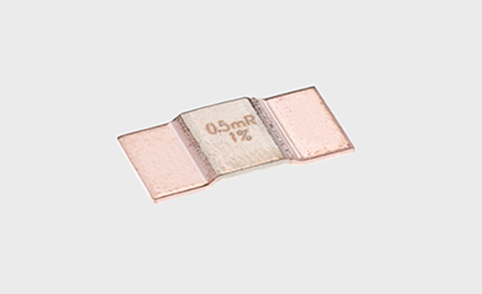
Shunt resistors, also known as current shunts, are widely used electrical components with essential applications in various fields. These resistors play a crucial role in measuring and controlling currents, ensuring the safe and efficient operation of electronic systems. In this article, we will explore the diverse applications of shunt resistors.
**1. Current Measurement:**
One of the primary applications of shunt resistors is for accurate current measurement. By connecting a shunt resistor in series with the load or a circuit, the current passing through it generates a voltage drop across the resistor. The value of this voltage drop is directly proportional to the current magnitude, allowing precise current measurements to be made with the help of voltmeters or data acquisition systems.
**2. Current Sensing in Power Electronics:**
Shunt resistors are extensively used in power electronics applications to provide current feedback for control purposes. In electronic devices like motor drives, power inverters, and converters, shunt resistors allow for precise monitoring and regulation of current, enabling efficient and reliable operation.
**3. Overcurrent Protection:**
In electronic circuits and systems, shunt resistors are employed as part of overcurrent protection schemes. When the current exceeds a specified threshold, the voltage drop across the shunt resistor triggers protective measures, such as disconnecting the power source or activating alarms, to prevent damage to the circuit or equipment.
**4. Battery Management Systems:**
Shunt resistors play a vital role in battery management systems (BMS). They are used to measure the charging and discharging currents of batteries accurately. This data is crucial for maintaining optimal battery health, ensuring proper charging, and protecting batteries from overcharging or over-discharging.
**5. Current Limiting:**
Shunt resistors are used in current-limiting circuits to control the current flow and protect sensitive components from excessive current. They help prevent damage to electronic components during sudden changes in load conditions or in the event of a fault.
**6. Current Balancing:**
In parallel-connected power sources or devices, shunt resistors can be used to balance the current distribution among the components, ensuring that each component carries an equal share of the current load.
**Conclusion:**
Shunt resistors are versatile components with a wide range of applications in electronics and electrical engineering. Their ability to measure, control, and protect currents makes them indispensable in various devices and systems, contributing to the overall efficiency, reliability, and safety of electronic circuits. As technology continues to advance, shunt resistors will continue to find new and innovative applications, further enhancing their importance in modern electronics.
-

Future Trends of SMD Shunts
Future Trends of SMD Shunts: Prospects for the Future Development of SMD Shunts ...
2023-12-03 view+ -

Shunt 100A is commonly used in
Shunt 100A is commonly used in various scenarios in the field of electrical engi...
2023-07-08 view+ -

Fixed resistors
Fixed resistors, as the name suggests, are electronic components that have a fix...
2023-06-23 view+ -

Main uses of precision shunt r
The main uses of precision shunt resistors include:1. Current detection: By pass...
2023-05-22 view+


